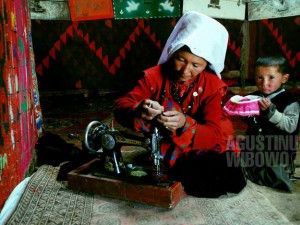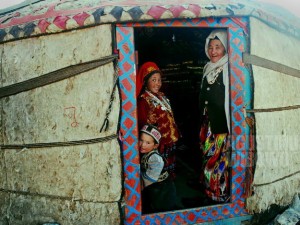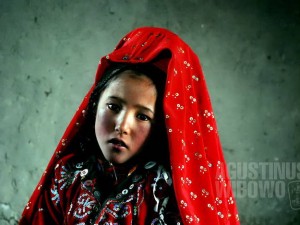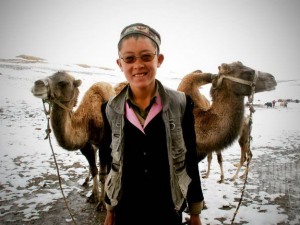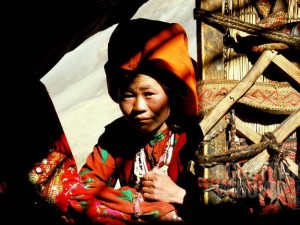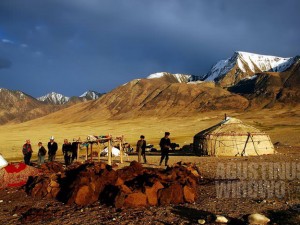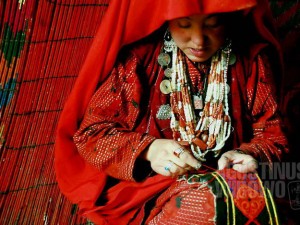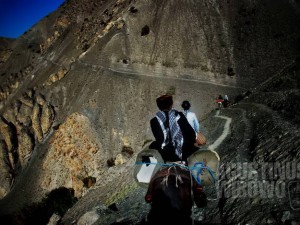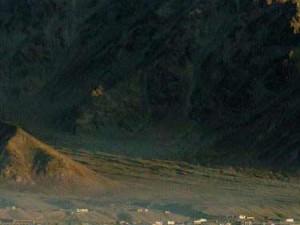【中国国家地理】瓦罕走廊:被遗忘的丝绸之路
Article published in Chinese National Geography, October 2015, on Afghanistan’s forgotten Wakhan Corridor. The Wakhan Corridor of Afghanistan is the last piece of the ancient Silk Road, which was still operating few decades ago, but now has turned into an isolated world as it’s confined by the international borders. 古丝绸之路如同一棵大树错综庞杂的根系,铺展于东西方之间。在所有丝路古道中,没有哪条比瓦罕走廊更富神秘色彩的了,它藏身于阿富汗深处,像是硬贴在阿富汗脸上的一条舌头。随着边界的关闭,它从传奇商道变成世界上最偏远难达的地区之一。本文作者在瓦罕走廊进行了长达3年的探访,用鲜活的文字为您揭开瓦罕走廊的神秘面纱。 撰文/Agustinus Wibowo(印尼) 翻译/王飞宇 伊什卡希姆是进入瓦罕走廊的唯一门户 伊什卡希姆是阿富汗山区一个僻静而慢节奏的村庄,遍地泥沼尘沙,这里是通往瓦罕走廊的入口。村子北边的喷赤河翻滚着怒涛,巨大的涛声淹没了世间一切声响。它是阿姆河的支流,也是阿富汗与苏联解体后形成的中亚各国之间的分界线。喷赤河就像一面镜子,分隔开阿富汗和塔吉克斯坦的山峦,两国的村落呈镜像分布在河流两岸。阿富汗伊什卡希姆的“双胞胎姐妹”是塔吉克斯坦山间一个同样叫做伊什卡希姆的村庄。 [...]


